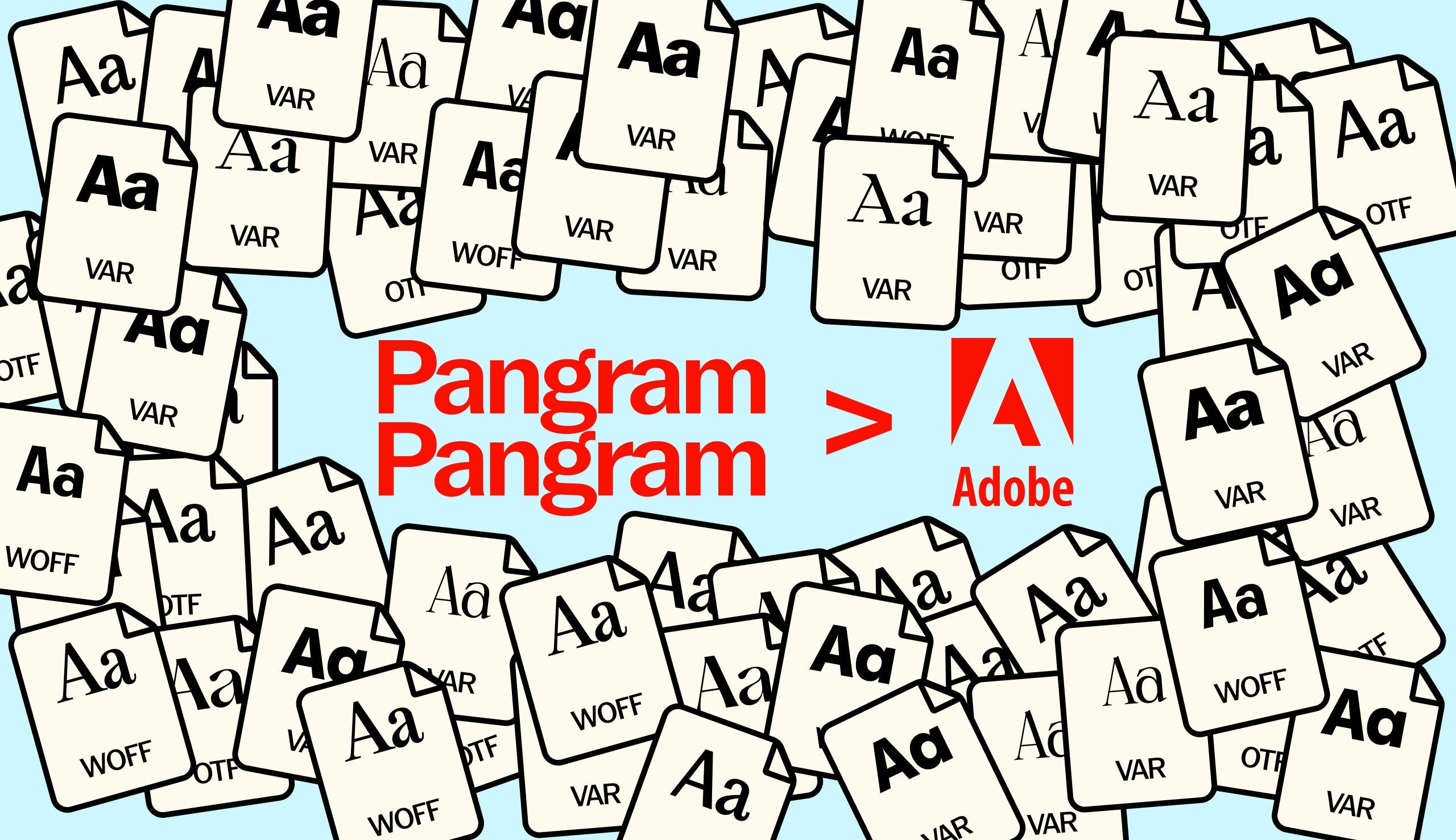‘How do I keep my portfolio fresh?’ 🤔
‘My mind has gone blank… how do I get out of this creative rut?’ 😶
Crafting a portfolio can feel incredibly daunting, no matter your level of expertise, years of practice, or area of specialisation. We know it’s an item on your to-do list that you frequently put off, we’re guilty of it ourselves. Nevertheless, your portfolio is an important thing, showcasing your talents and creative wonderfulness! Moreover, it provides a means to demonstrate your value and competence to employers, clients, and collaborators – a personal and professional arena where you and your work intertwine. As a result, it’s imperative to have a portfolio that accurately represents your abilities and accomplishments (and again, how wonderful you are!).
As we’ve mentioned, at Pangram Pangram, we hope to foster an intriguing and educational space, regardless of whether you’re a graphic designer, type designer, illustrator, project manager, or copywriter (or even if you’re just a fan of creative things). That’s why we launched our Advice series in the first place – so we can hear from industry leaders and learn from their wise words.
Today, we’ve spoken to some of illustration’s heavy-hitters – Joey Yu, Lucia Vinti, Maria Midttun, Daniel Batista and Talia Melda Temuçin – each of which continue to push the contemporary creative scene in new, exciting directions. For this piece, we’re talking about… portfolios (dun, dun, duuuuuun), the dreaded, ever-to-be-updated albatross around the necks of creatives. But don’t worry; our illustrative team is here to help. No matter your discipline, you’re sure to learn a thing or two. Over to you, folks!
Maria Midttun
Showcase the type of work you are excited about and want to continue making and developing. Also, update your portfolio regularly – keep things fresh!


Joey Yu
Make sure when you’re googled, the first thing people will find is something you’re proud of, or something up to date.


Lucia Vinti
Have a clear website where people can see who you are and what you do immediately. Potential clients are unlikely to click through pages on your website, so make sure that your most important work is all visible on the homepage. If you do a few different types of work, you can separate these, and direct clients to the most relevant place. For example, I have an entirely separate children’s book portfolio!


Daniel Batista
Keeping the portfolio consistent with what you believe in, and visually aligning with the areas you intend to work with in illustration is one of the things I consider most important. People must perceive the identity that your work carries so that they will understand your profile and have a sense of what you can deliver in a commission. I suggest that you add to your portfolio the projects that best define you as an artist, and, within that selection, always opt for your best works.


Talia Melda Temuçin
I figured out when it comes to an illustration portfolio, less is more. Pick your best work, jobs and whatever displays your style the best. Hardly any art director has the time to click through so many pages, if it makes it into the inbox at all. They always have the possibility to click on further homepages or portfolio pages, if you were able to arouse interest. And never forget updating all your pages all the time (Behance, Hompepage, Instagram etc.).










